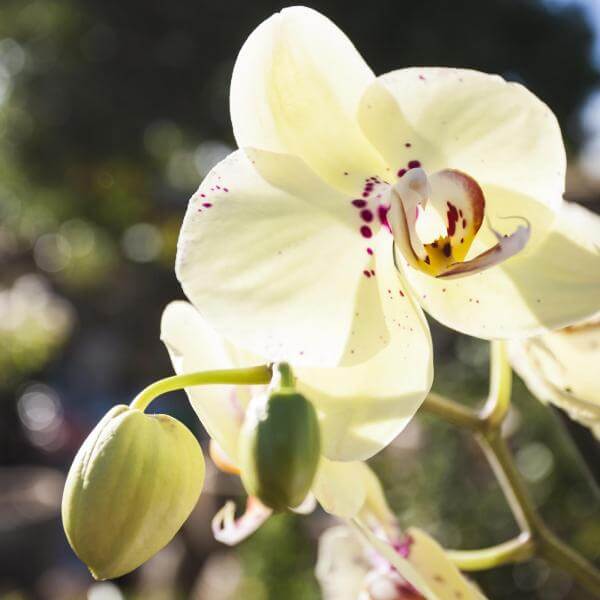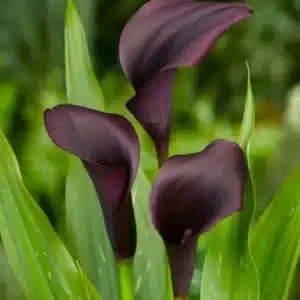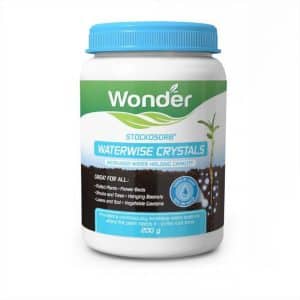How to care for your orchid
Indoor plant tips

Orchids are among the most spectacular of all flowering plants. They come in an infinite variety of colours, shapes and sizes and many make great indoor house plants. They can also be extremely fragrant with luscious scents of coconut or chocolate. Once you understand the basics of orchid care, you’ll be able to grow and flower them year after year!
Watering your orchid:
Always water early in the day so that your orchids dry out by night time. The proper frequency of watering will depend on the climatic conditions where you live. In general, water once a week during the winter and twice a week when the weather turns warm and dry. The size of your orchid container also helps determine how often you need to water, regardless of climate conditions. Typically, a 15cm pot needs water every 7 days and a 10cm pot needs water every 5 to 6 days.
The type of potting medium used can also affect your plant’s water requirements. Bark has a tendency to dry out more rapidly than sphagnum moss, for instance. It is important to remember, however, that even when the surface of your pot is dry, the root area remains moist. Poke your finger or a regular wooden pencil into the pot; if it feels moist to the touch or if the pencil looks moist, do not add additional water. The potting medium should always be damp, but not soggy—neither should it be allowed to get extremely dry.
The quality of water used, whether for spraying or watering, is of great importance. Since tap water has often been chemically treated, generally with chlorine, it should be used with caution. The best water for orchids is undoubtedly rainwater. Rainwater, as it passes through the air, dissolves and absorbs many substances such as dust, pollen and other organic matter. This enriched rainwater contributes to the nourishment of the plant.
Once your orchids have flowered:
Once your orchid has bloomed, the flowering stem (also known as the ‘scape’ or ‘spike’) will usually need to be removed. In many cases, this is important for the health of the plant and to encourage it to bloom well again the following season.
How much light do orchids need?
Different types of orchids can be found growing everywhere, from deep shade to full sun. The most commonly available orchids we grow at home need bright indirect light at a minimum, and in some cases direct sunlight. The easiest way to tell if your orchids are getting enough light is to look at the leaves. Bluish-green or dark green soft foliage usually means insufficient light. At the other extreme, yellow bleached foliage, or in the case of some orchids, darker reddish mottling on leaves, can mean too much light. Note that this is different from yellowed leaves caused by lack of fertiliser or as seen on a generally unhealthy plant. In general, aim for foliage that is a light green in color. If your plant blooms well then that means it is probably getting optimal light.
The type of foliage also gives you a clue as to how much light an orchid can tolerate. Lower light orchids often have thinner, or floppy leaves.
How to buy orchids like a pro:
Buy mature, blooming plants – Mature plants are stronger than younger seedlings and may be more forgiving of mistakes, especially if you are a beginner. They may cost a little more, but they will also bloom sooner than seedlings and give you the encouragement, and experience, that you need to grow younger plants.
Buy orchids that can grow in your conditions – Choose plants that are best-suited to your growing environment to avoid disappointment. Phalaenopsis (moth orchids) is probably the best genera for beginners.
Be honest about the conditions you can provide – If an orchid requires several hours of full sun, indirect light will not do. If it needs 70% or more humidity, placing it in the bathroom will not help. Remember, if you have to struggle to provide special conditions for your orchids, neither you, nor your plants will be happy. Many orchids are best suited to a greenhouse, not a windowsill. With time and experience, you’ll be able to create the right environment for a range of orchids.
Choose your plants carefully – Carefully choose your plant by examining it closely before purchase :
- Leaves and bulbs should be turgid and firm.
- Leaves should be uniformly green – light green is fine.
- Plants should be firm in their pots, not wobbly or loose.
- If there are roots emerging from the pot/stem, these should be firm and white with healthy green tips.
- The potting mix should be moist. If it is wet and decaying, or bone dry, choose another plant.
- If plants are in bloom, it is best to buy one with about half its flowers open and the rest in bud. This will assure you of flower longevity.
You might also like
Shop online
-
- Sale!
ZANTEDESCHIA ODESSA BULBS
- Original price was: R89.99.R62.99Current price is: R62.99.
- Add to cart Learn More
-
STOCKOSORB 200G
- R169.99
- Add to cart Learn More




